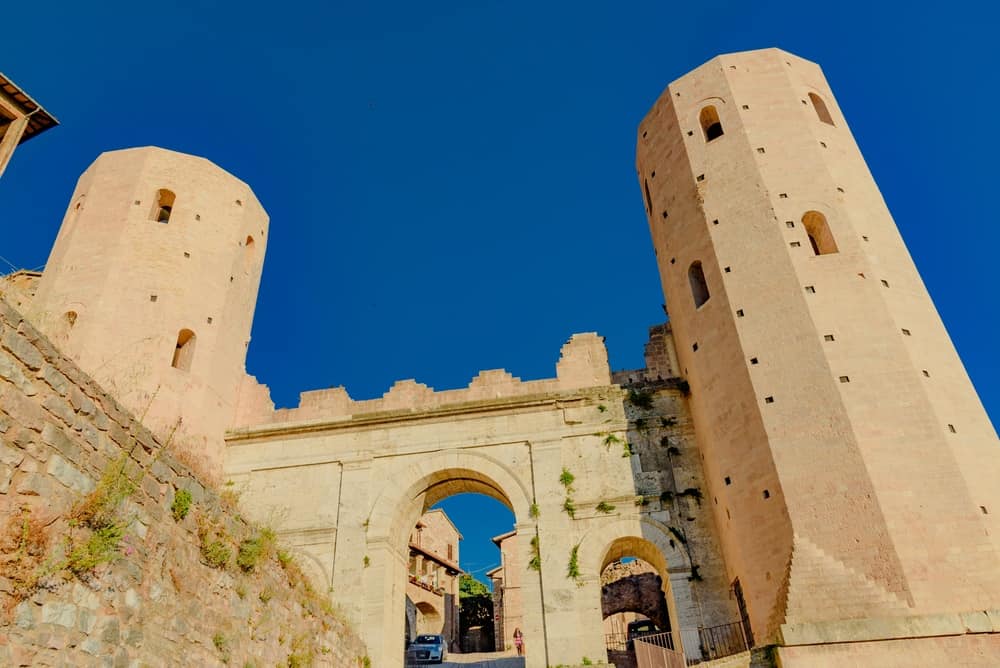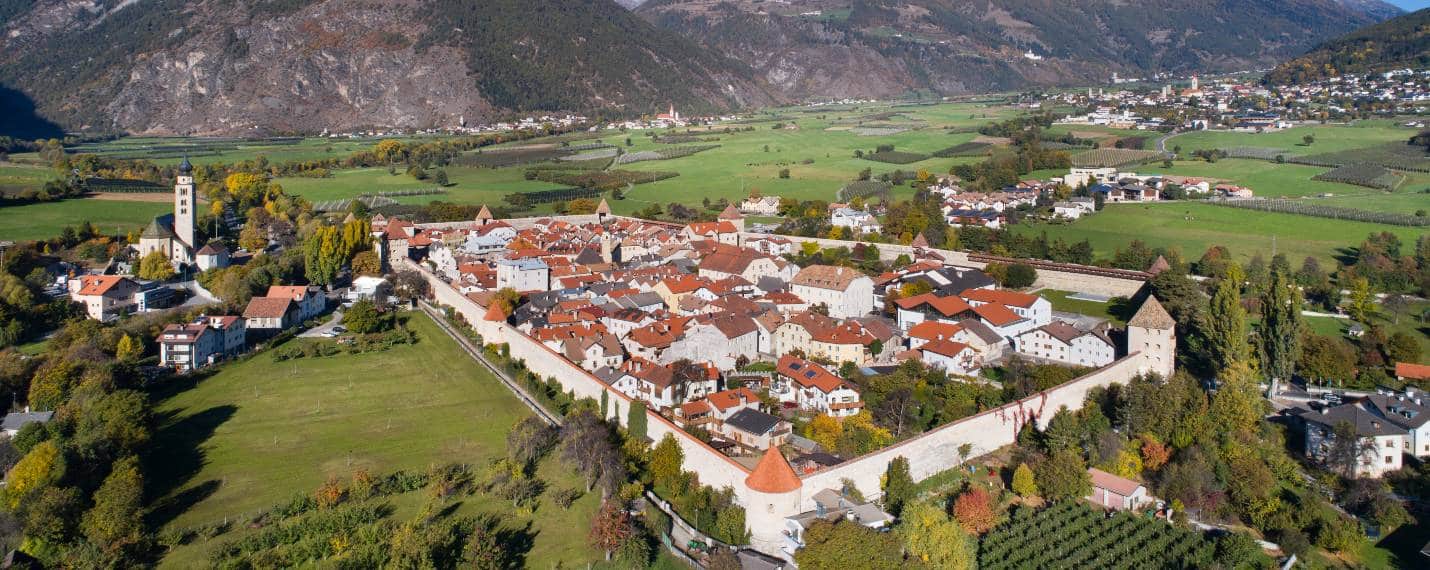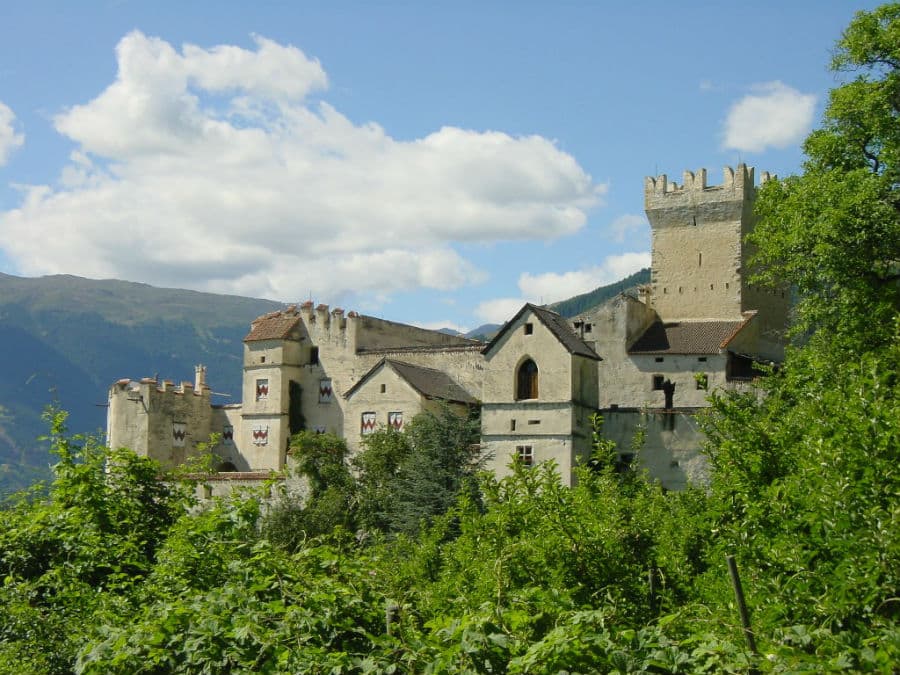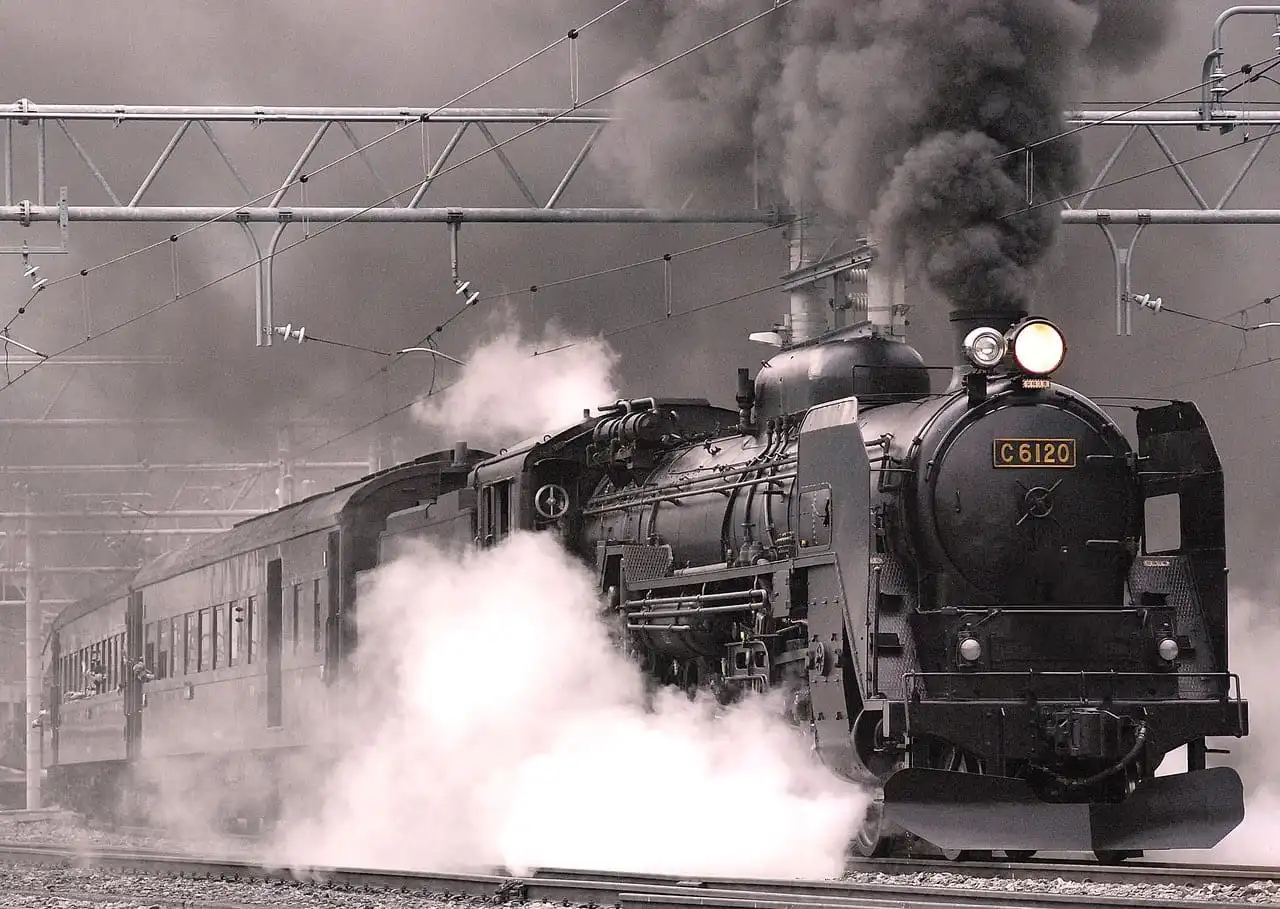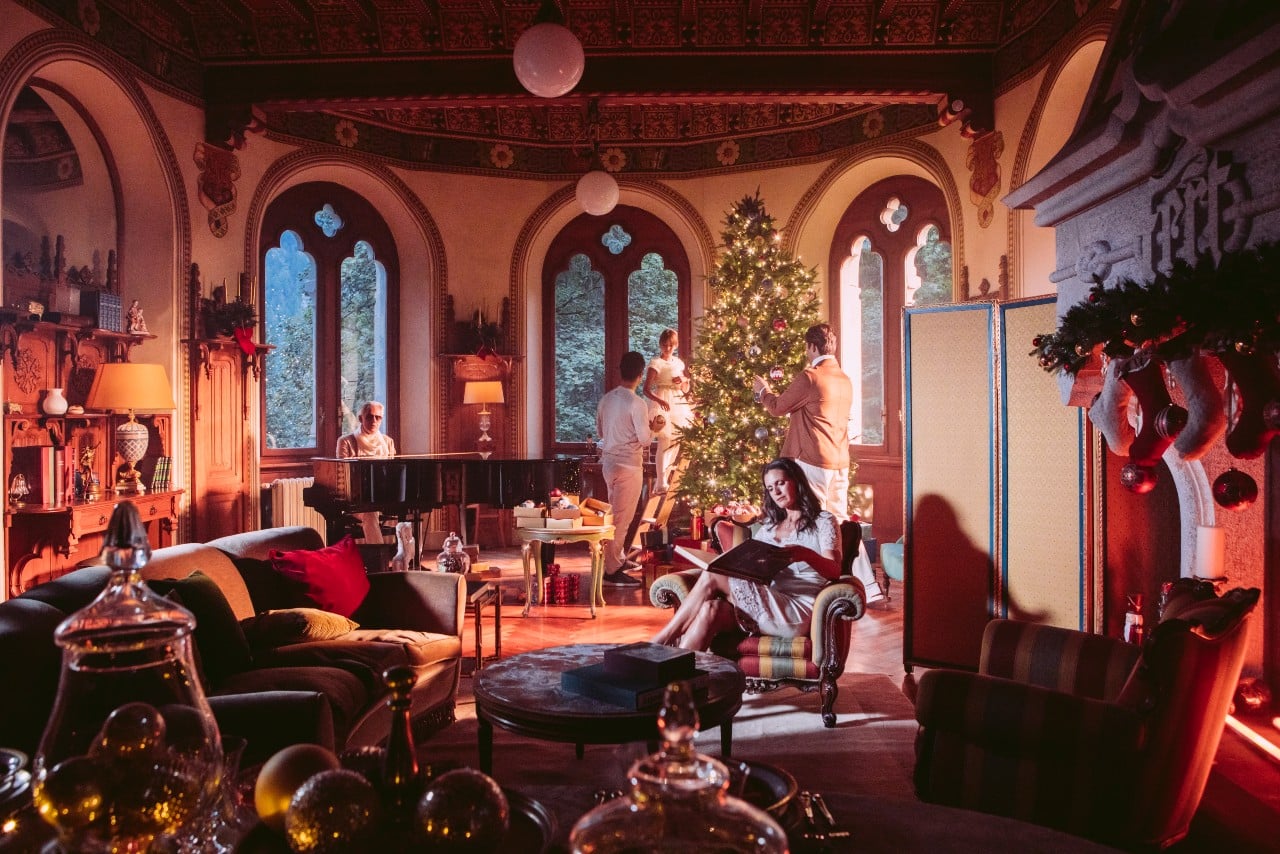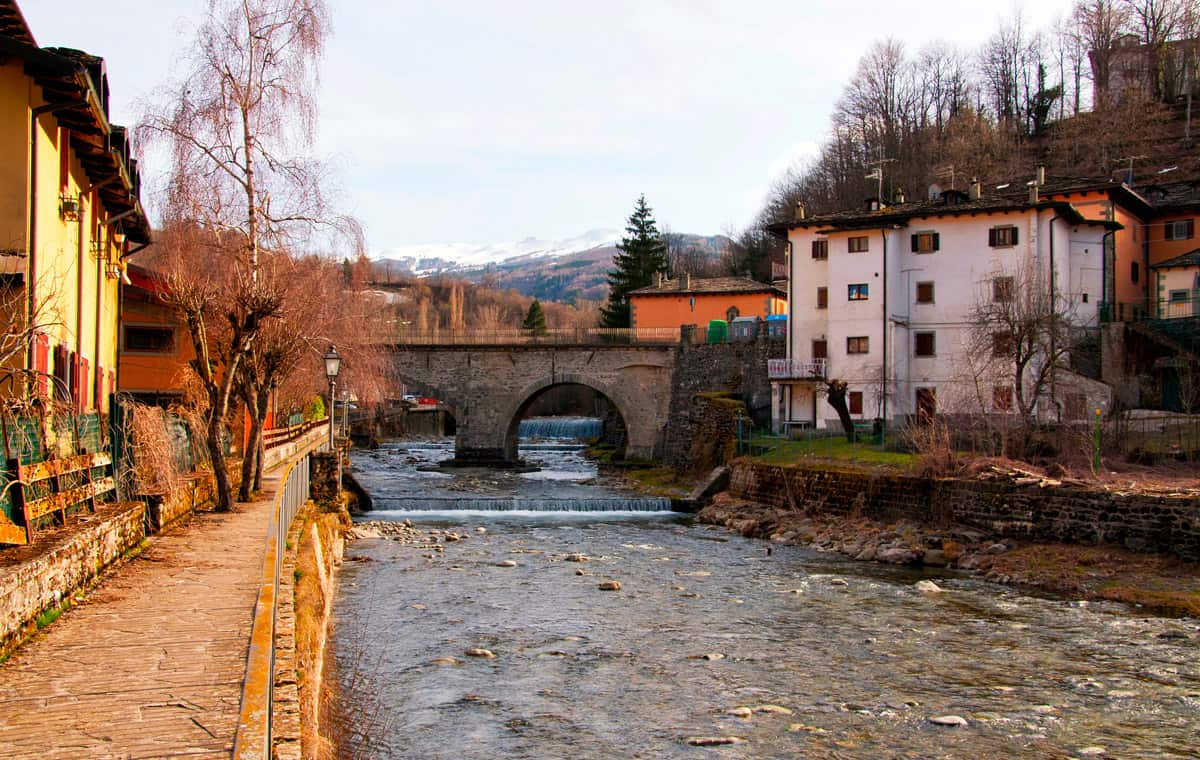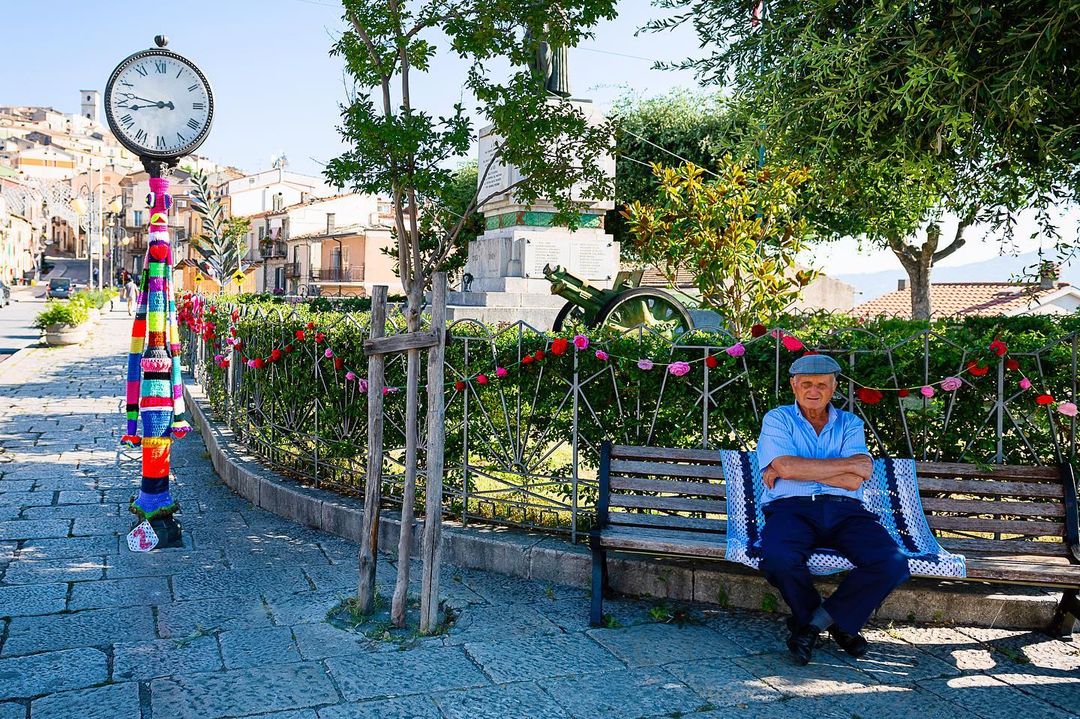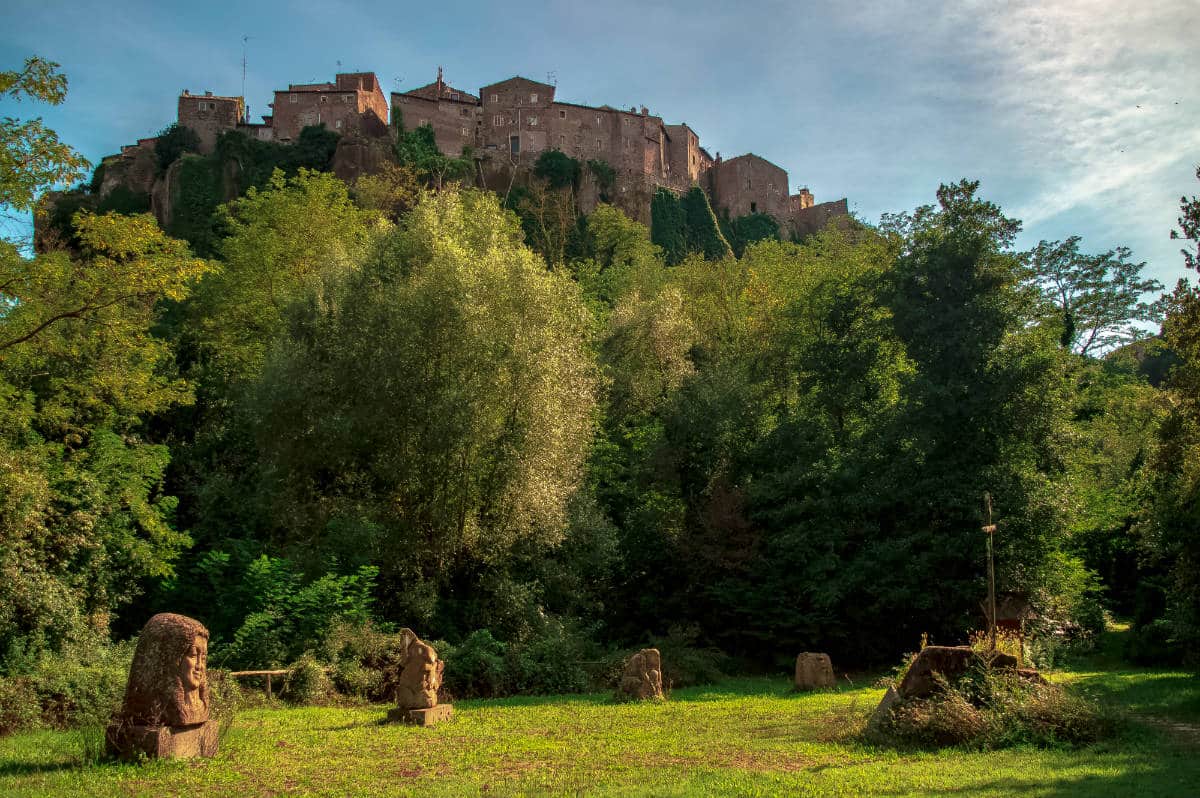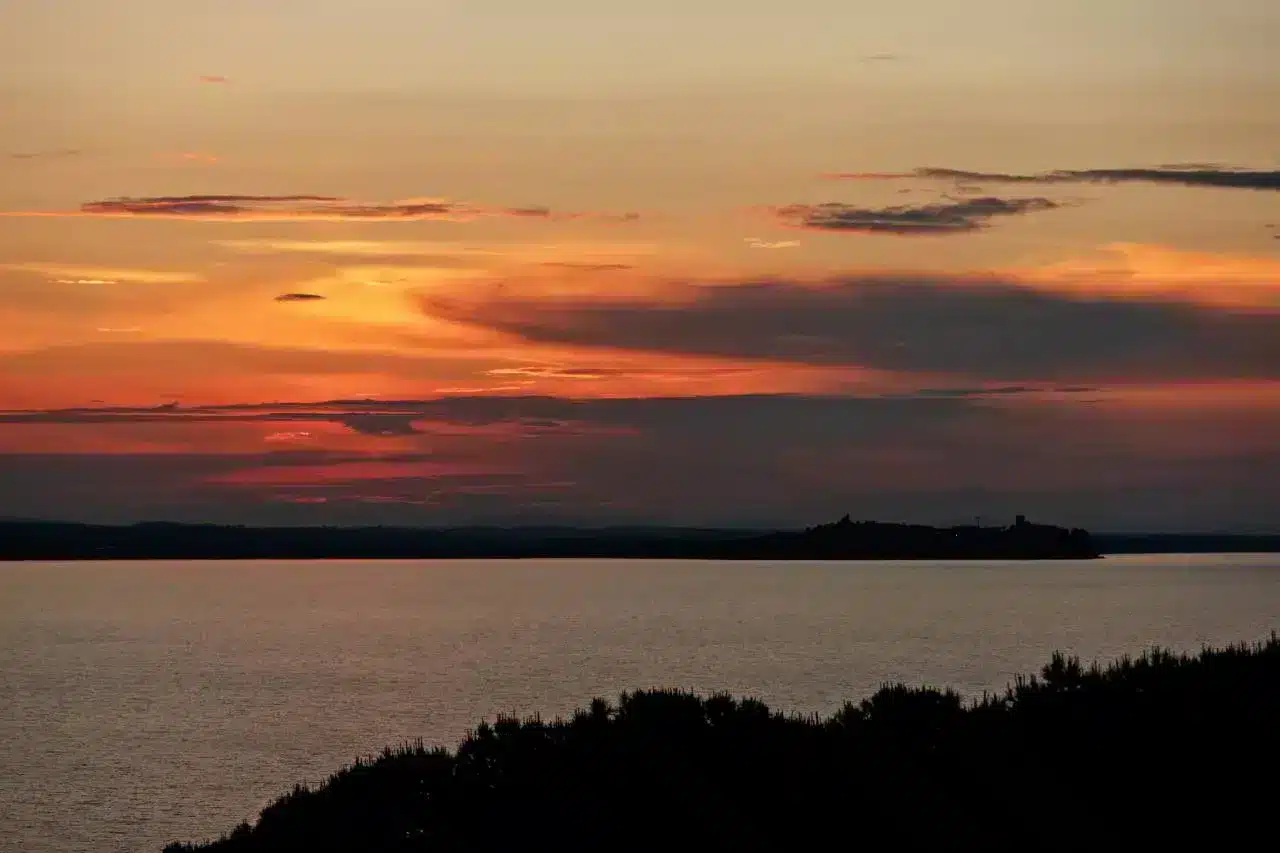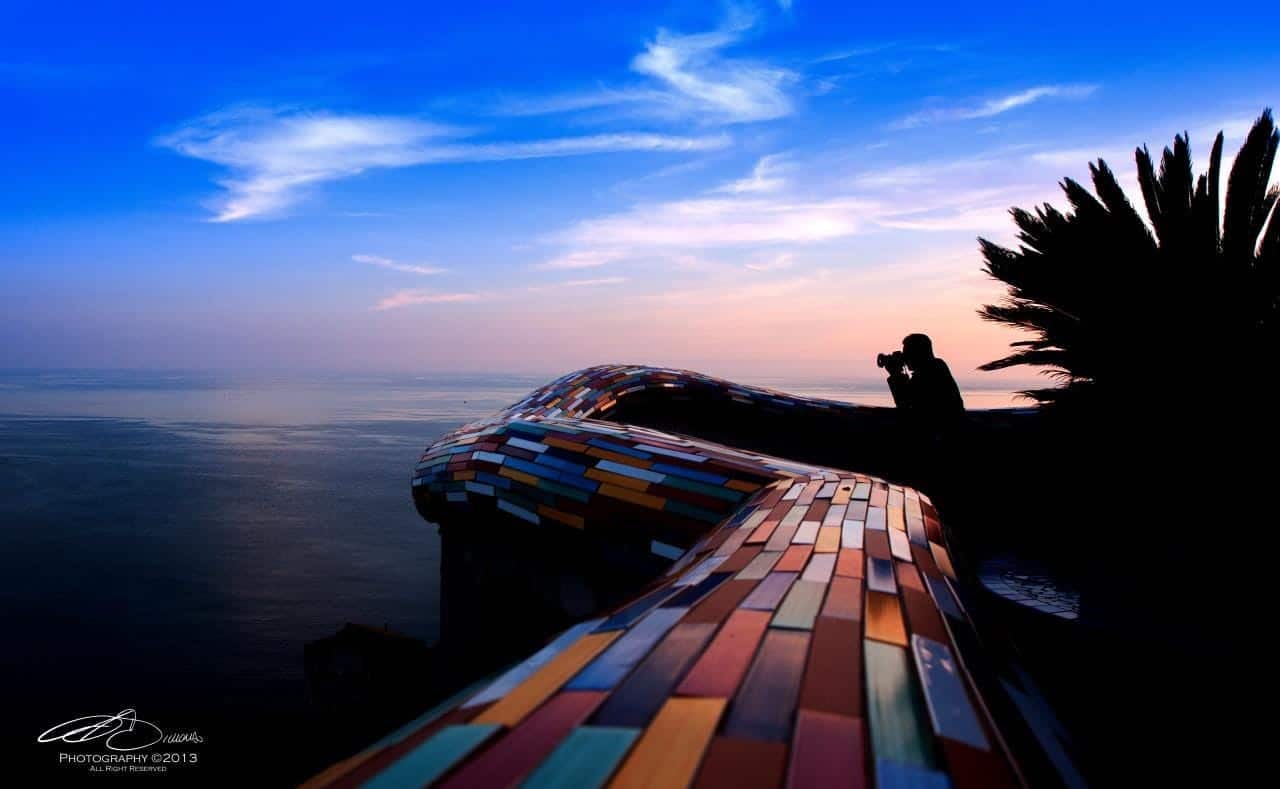4 Fortified villages that intrigue with their defensive face. And within the walls that surround centuries of history, here is the ancient core of villages that seem suspended in time and that have much to tell.
Masterpieces of art kept tenaciously in time within defensive walls. The fortified villages are a continuous discovery, constellate Italy and represent a unique – indeed – to be protected and known. We offer you four, to start this journey in search of excellence and value.
Spello (Umbria)
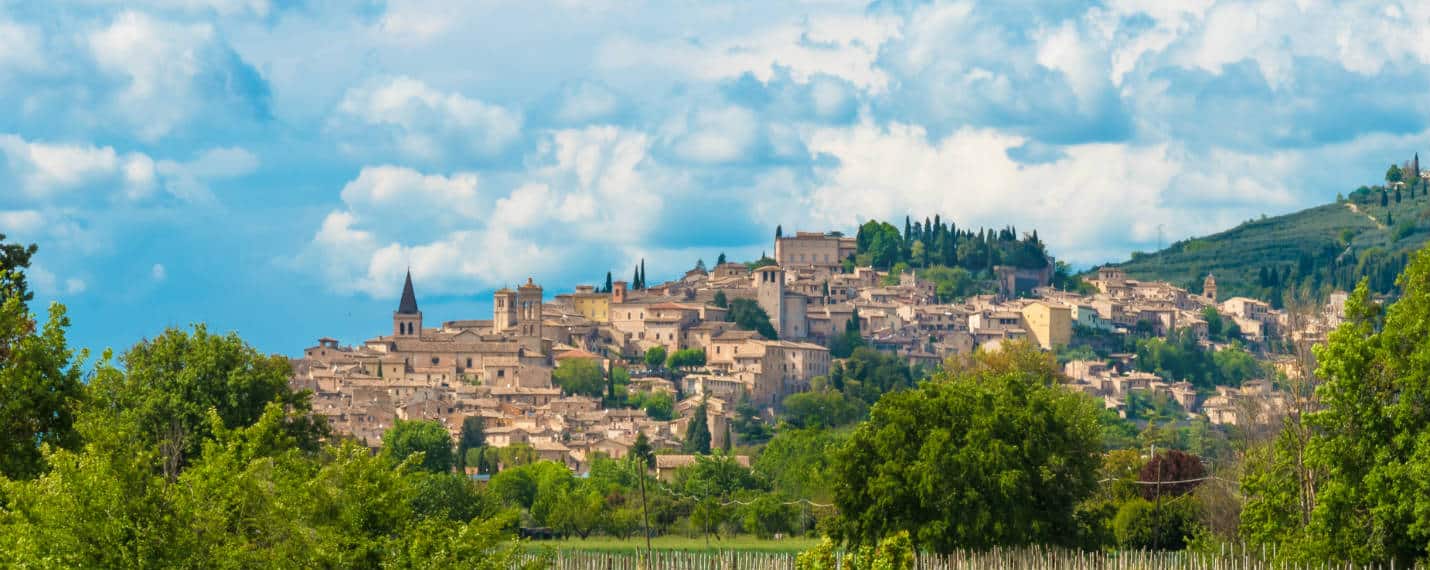
Spello retains its image of an ancient village with old sandstone houses overlooking narrow alleyways, hanging gardens over wide vistas, steep stairways, gates and hallways. The walls of the village of Spello are among the best preserved in Italy and inside there are precious treasures including the Consolare door – made of Subasio limestone -, with a medieval tower and marble statues, to which the buttress the northern entrance to the village, or the Roman gate of the Arce. It stretches on a spur of the Subasio, the village of Spello, and more than any other place in Umbria, it preserves Roman memories, like the Venus door of the Augustan age. And as a king, it is his oil, to which Spello dedicates a procession with olive pickers on the penultimate Sunday of Carnival.
Glorenza (Alto Adige)
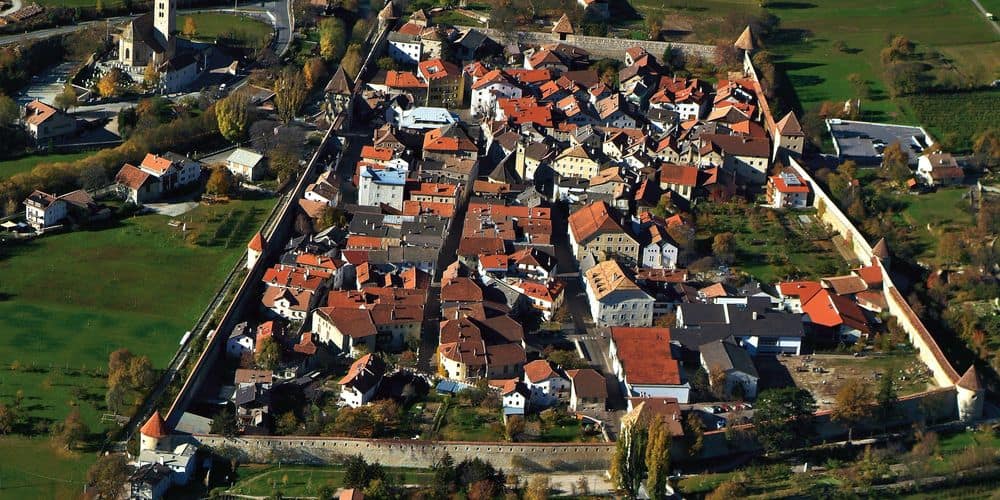
It is the smallest town in South Tyrol and, at the same time, the largest fortified village in the region. It is ancient, Glorenza, surrounded by medieval walls and crossed by porticos of the XIII century, while the streets of the historic center exhibit patrician houses and houses with gothic facades. Crossing the doors of the houses, one is enchanted by the inner courtyards, where the agricultural character of the village remains. Walking through the village, you can visit the parish church of San Pancrazio and the church of San Giacomo di Söles. To guard these gems are the walls, erected by Emperor Maximilian to defend the town.
Sabbioneta (Lombardia)

Since 2008, the village of Sabbioneta is listed – along with Mantua – in the UNESCO heritage. A village that stands near the Po, in the heart of the Po Valley, and that collects the urban casket in its hexagonal walls. And not just any nucleus, but the one desired by Vespasiano Gonzaga according to the proportions and the ideal of harmony symbolized in the design of the Vitruvian man by Leonardo da Vinci. To access the citadel, there are two gates: the most ancient is Porta Vittoria, to the west, while Porta Imperiale dates back to 1579 and is covered in marble. To discover in Sabbioneta are above all the Palazzo Ducale and its garden, closely followed by the Galleria degli Antichi and the Scamozzi Olympic Theater.
Montagnana (Veneto)
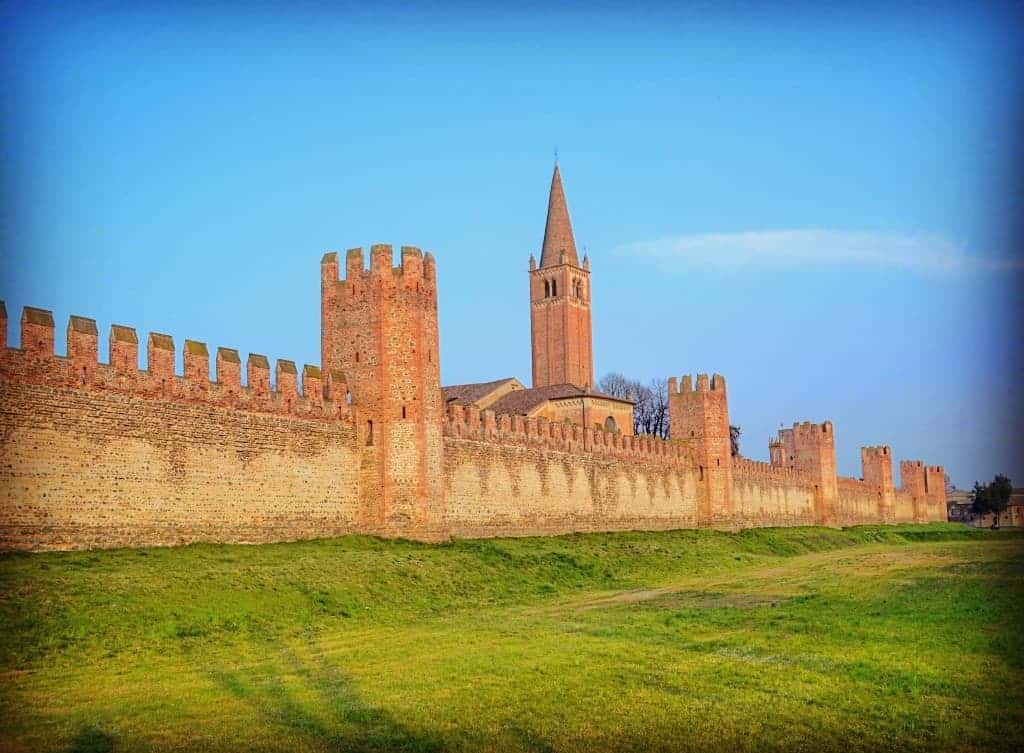
Twenty-four towers and four gates. These are the numbers of the walls of the town of Montagnana, built by Francesco Il Vecchio da Carrara between 1360 and 1362. Montagnana is a perfect example of a medieval stronghold, and the mighty walls, among the most famous and intact in Europe, draw an irregular rectangle and rise above the green grass of the moat. In the village, punctuated by arcades, there is much to discover, starting with the imposing St. Zeno Castle, the keep and a Venetian-style building in which the “Giacomelli” Civic Museum is housed. The museum collection contains artifacts from the Roman necropolis of “Gens vassidia,” near the historic center.


